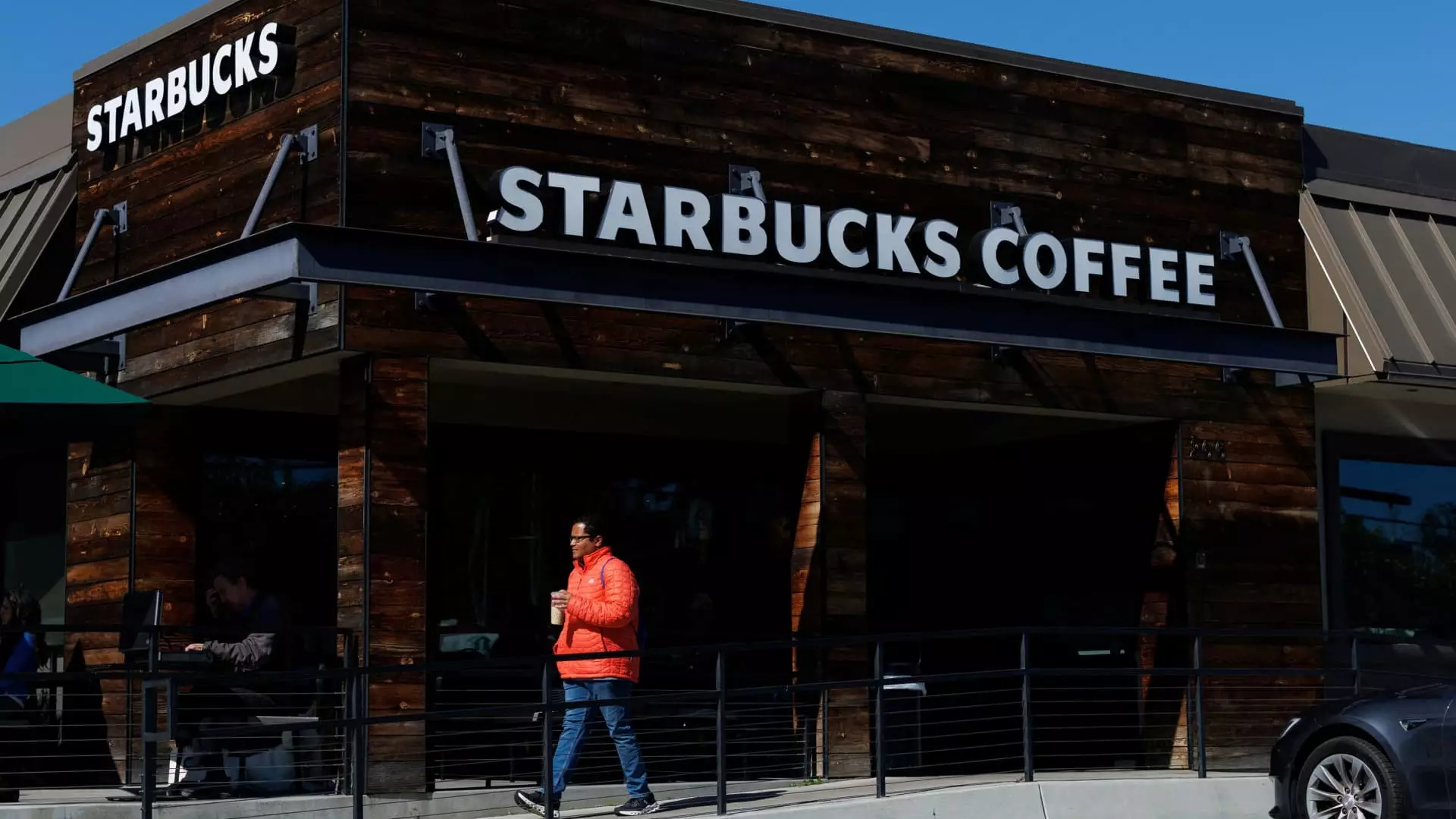In a startling display of investor anxiety, restaurant stocks have plummeted, reflecting deep-seated fears of an impending recession. Monday’s market activity unveiled a troubling trend, with shares across the entire restaurant sector taking a considerable hit. The cause of this downturn? The tumultuous economic landscape influenced by President Donald Trump’s recent decision to impose hefty tariffs on essential imports. Such a move has sent shockwaves through the markets, engendering a three-day streak of declines as investors scramble to reassess their positions amid escalating inflation concerns. These fears may be unwarranted for direct operational costs facing restaurants; however, the ripple effects on consumer spending could be devastating.
Inflation’s Shadow Looms Large
UBS analyst Dennis Geiger aptly pointed out that while the immediate costs of tariffs might remain manageable, the broader implications on consumer spending loom ominously. After all, when inflation takes center stage, wallets tighten, leading to a ripple effect that hits discretionary spending hard. Food and dining, often viewed as luxuries during economic hardships, become the sacrificial lambs on the altar of budgeting. It raises a critical question: Are restaurant stocks, which tend to thrive in prosperous times, dangerously overvalued in an environment fraught with uncertainty?
Starbucks: Once a Beacon of Hope, Now a Cautionary Tale
Among the most notable casualties in this latest market upheaval is Starbucks, whose shares tumbled over three percent following a downgrade by Baird. Starbucks has historically been seen as a resistant brand, buoyed by loyal consumers even in challenging times. Yet, a combination of rising coffee costs—swayed by tariffs on top coffee-exporting nations—and an anxious investor climate have cast a shadow over its future. As analysts cite anti-American sentiment and the anxious pulse of recession worries, this once-invincible coffee giant finds itself grappling with perception issues in international markets, especially in China where political tensions have previously sparked consumer boycotts.
Chain Reactions: The Ripple Effect Across the Sector
The plight of casual dining chains like Dine Brands, with its popular establishments Applebee’s and IHOP, underscores the precarious situation for restaurants. Shares dipped nearly 3% as economic headwinds forced a reevaluation of future growth prospects. Darden Restaurants and Texas Roadhouse experienced similar fates, with stock values sinking as investors seek to shield their portfolios from potential losses. The comfort food that once drew customers may be viewed as a luxury in tight economic times. Where do these beloved establishments turn when the tide begins to turn against them?
Fast-Food’s Enduring Struggle
Interestingly, the fast-food sector, historically a refuge during recessions, now finds itself in unfamiliar territory. Despite the notion that diners might flock to lower price points during economic downturns, last year’s dip in consumer spending revealed an unsettling trend—low-income customers began cutting back on fast-food visits altogether. The discomfort of high inflation has strained even those seeking economical options, leading to declines in same-store sales across major chains like McDonald’s, Taco Bell, and Yum Brands. This enduring struggle raises a pivotal question: can fast food reclaim its place as a haven for affordability, or is it too late for the sector to adapt to changing consumer habits?
Emerging Players Navigating Uncertainty
Among the chaos, some names in the restaurant game have managed to escape the freefall. Fast-growing chains such as Dutch Bros and Cava have seen slight gains amidst the prevailing market slump. Their resilience is indicative of shifting consumer preferences that may favor innovative, tailored experiences over traditional fare. But will this be enough to sustain them in the face of a looming economic downturn? As the industry braces for what could be a lengthy struggle, these fledgling players must continue to adapt, innovate, and capture the consumer’s attention amidst rising uncertainty.


Leave a Reply